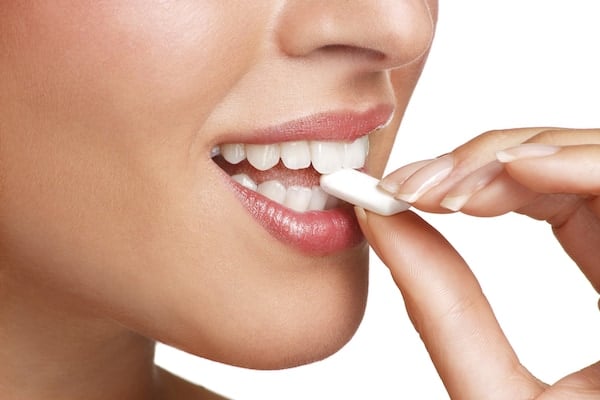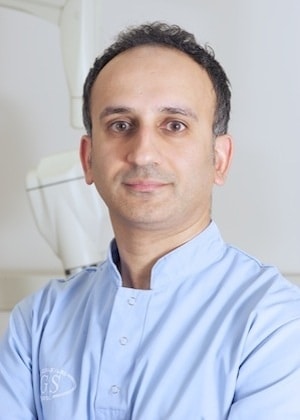Fresh Breath
Bad breath (halitosis) is generally caused by dental plaque, which is a soft, sticky film consisting of bacteria and food debris. This plaque attaches to the surface of the tooth and if not cleaned away, results in inflammation of the gums. This inflammation causes gums to bleed, and this condition is known as gingivitis.
The bad breath component is as a result of sulphur discharge from bacteria hiding in difficult to clean areas of the mouth, such as between teeth and below the gum line. This condition can be painful, but also disconcerting as blood is often seen when brushing or flossing the teeth around the sore gums.
The breath itself can be measured by a ‘halometer’ which measures particles of sulphur in the breath. This can be recorded at hygienist visits and monitored over time, as part of your oral health check.

Fresh Breath Treatment
Fortunately, the problem is entirely reversible, and for most patients, this can happen relatively quickly.
The cornerstones of oral hygiene are:
- Daily tooth brushing preferably with an electric toothbrush
- Interdental flossing
- Use of interdental brushes
- Tongue cleaning (with a manual toothbrush or tongue scraper)
Also, especially for those people with lots of dental work, or smokers, regular visits to the hygienist for professional cleaning are an ideal way of keeping the breath fresh.
Mouthwashes, diet, increasing water intake and smoking cessation can also help but ultimately, the bacteria that cause the problem to recolonise the tooth every 12 hours. This is the rationale behind cleaning your teeth twice a day.
Ultimately, you can never be completely rid of these bacteria, so it is essential to maintain a regular, thorough oral hygiene regime.
Smoking cessation advice can be accessed through the hygienist, and other relevant medical issues such as gastric reflux should be assessed by your GP. Foods that cause bad breath like garlic and onion should probably best be avoided until the problem is resolved!


